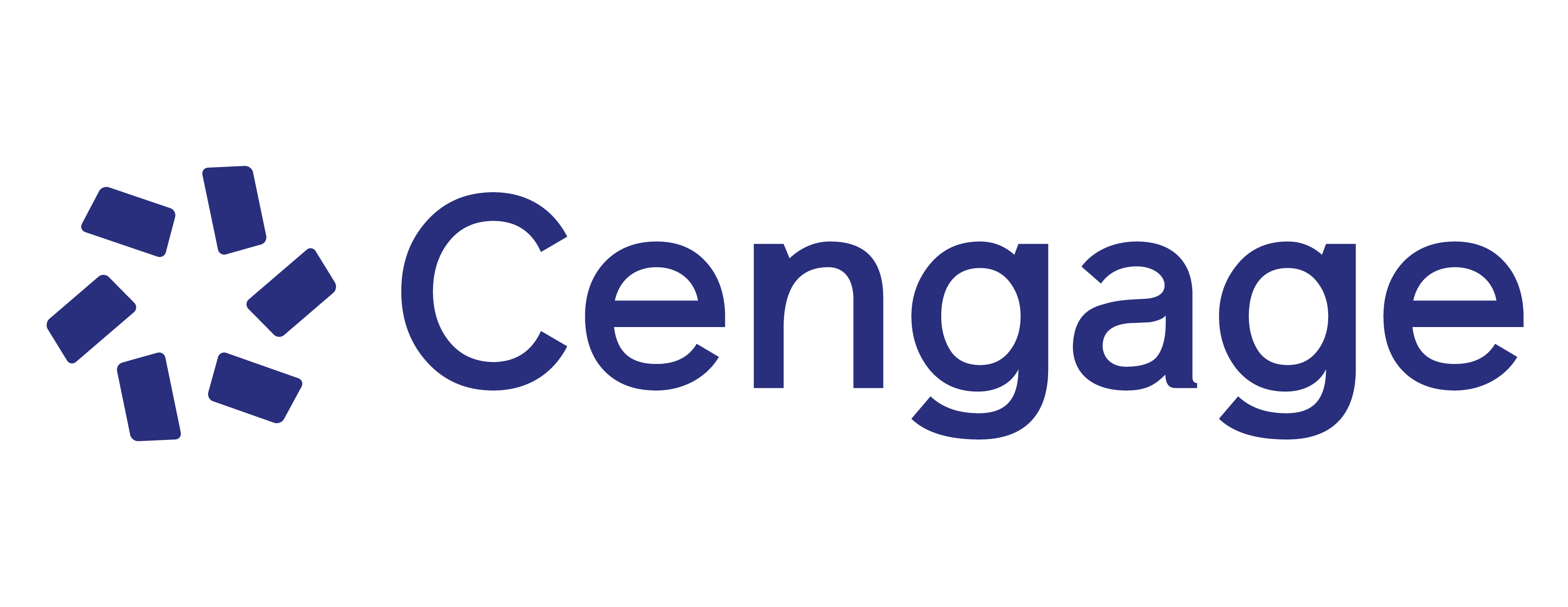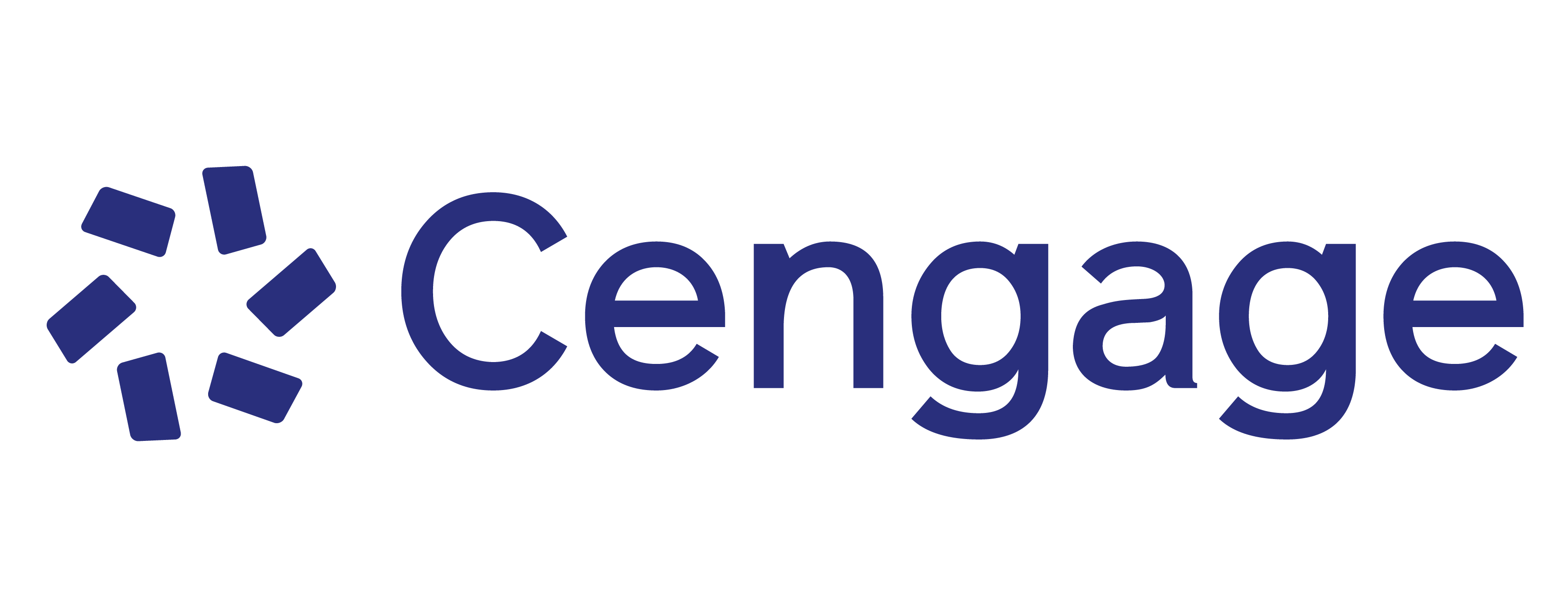This practical workbook facilitates readers’ understanding of the DSM-5 and other texts related to the diagnoses of mental disorders, enhancing their ability to assess their clients’ strengths and to diagnose any emotional difficulties the clients may be experiencing. As a workbook, it offers a wealth of real life examples and exercises, providing users with the opportunity to practice their assessment skills in a classroom environment prior to entering the field as a mental health professional. Readers learn the various diagnostic categories of the DSM-5-along with dual diagnoses, symptom formulation, and the overlap between diagnostic categories-as well as how to apply these categories to clients they will be seeing in practice.
1. Introduction.
2. Neurodevelopmental Disorders.
3. Schizophrenia Spectrum and Other Psychotic Disorders.
4. Bipolar and Related Disorders.
5. Depressive Disorders.
6. Anxiety Disorders.
7. Obsessive-Compulsive and Related Disorders.
8. Trauma- and Stressor-Related Disorders.
9. Dissociative Disorders.
10. Somatic Symptom and Related Disorders.
11. Feeding and Eating Disorders.
12. Sleep-Wake Disorders (Breathing-Related Sleep Disorders, Parasomnias)
13. Sexual Dysfunctions.
14. Gender Dysphoria.
15. Disruptive, Impulse-Control, and Conduct Disorders.
16. Substance-Related and Addictive Disorders.
17. Non-Substance-Related Disorders/Gambling Disorder.
18. Neurocognitive Disorders (Major and Mild Neurocognitive Disorders).
19. Personality Disorders.
20. Paraphilic Disorders.
21. Medication-Induced Movement Disorders and Other Adverse Effects of Medication.
22. Other Conditions That May Be a Focus of Clinical Attention.
-
Elizabeth Pomeroy
Elizabeth Pomeroy earned a B.A. at the University of North Carolina-Asheville, an M.S.W. at the University of North Carolina-Chapel Hill, and a Ph.D. at The University of Texas at Austin. With more than 20 years of experience, Pomeroy’s current teaching and research interests include clinical social work courses with a focus on mental health, health and children, and families; HIV/AIDS interventions; crime victims; interventions for offenders in the criminal justice system; and clinical social work group interventions for children, adults, and families.
-
This edition is completely revised and updated to reflect the new DSM-5, beginning with an introduction to the DSM-5 classification system in Chapter 1. In general, the workbook follows the DSM-5 in sequence and focus of attention.
-
In keeping with changes in the DSM-5, this edition offers increased coverage of such topics as PTSD, mood disorders, and substance disorders; new material on psychotropic medications; and more coverage on the use of evidence-based practice in treatment planning.
-
Every chapter has a section on cultural considerations as they relate to the DSM categories under discussion. In addition, the book’s cases are infused with material related to multicultural competence, helping students to develop vital skills in this important area.
-
A new assessment outline in the Introduction offers clear guidance for the assessment of children versus the assessment of adults.
-
This edition addresses and refers to the Council on Social Work Education’s Education Policies and Accreditation Standards (EPAS).
-
This edition is completely revised and updated to reflect the new DSM-5, beginning with an introduction to the DSM-5 classification system in Chapter 1. In general, the workbook follows the DSM-5 in sequence and focus of attention.
-
In keeping with changes in the DSM-5, this edition offers increased coverage of such topics as PTSD, mood disorders, and substance disorders; new material on psychotropic medications; and more coverage on the use of evidence-based practice in treatment planning.
-
Every chapter has a section on cultural considerations as they relate to the DSM categories under discussion. In addition, the book’s cases are infused with material related to multicultural competence, helping you to develop vital skills in this important area.
-
A new assessment outline in the Introduction offers clear guidance for the assessment of children versus the assessment of adults.
-
This edition addresses and refers to the Council on Social Work Education’s Education Policies and Accreditation Standards (EPAS).
-
The book is developed from a strengths perspective, and includes information on cultural diversity and social support.
-
The book provides students with a framework for assessing clients and exercises to aid in the development of their assessment skills.
-
A wide variety of case examples coupled with exercises test students’ knowledge of the DSM-5 and allow them many opportunities to practice using the DSM-5 throughout the course. Instructors can use the cases in class, as homework assignments, or as testing material.
-
The book is developed from a strengths perspective, and includes information on cultural diversity and social support.
-
The book provides you with a framework for assessing clients as well as exercises to aid in the development of your assessment skills.
-
A wide variety of case examples coupled with exercises test your knowledge of the DSM-5 and allow you many opportunities to practice using the DSM-5 throughout the course.
Online Instructor's Manual with Test Bank for Pomeroy's The Clinical Assessment Workbook: Balancing Strengths and Differential Diagnosis, 2nd
9781285749129
Online PowerPoint® for Pomeroy’s The Clinical Assessment Workbook: Balancing Strengths and Differential Diagnosis, 2nd
9781285872322


